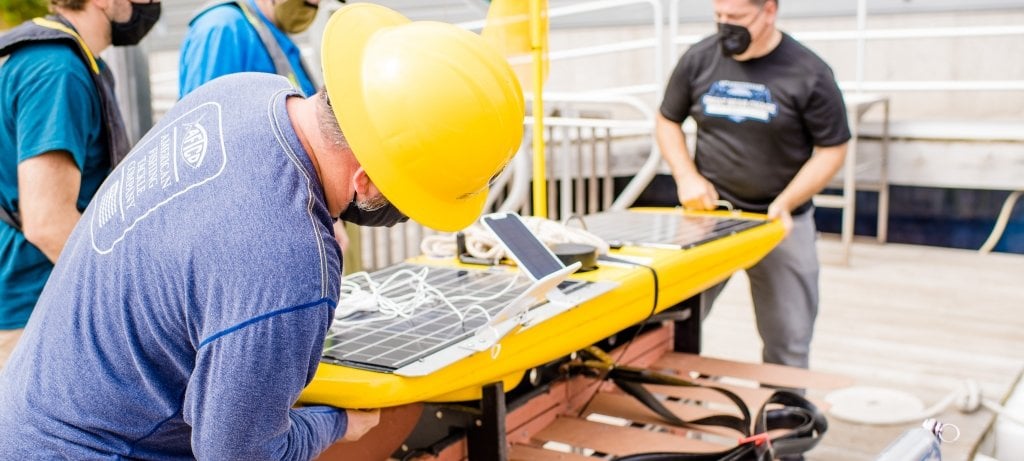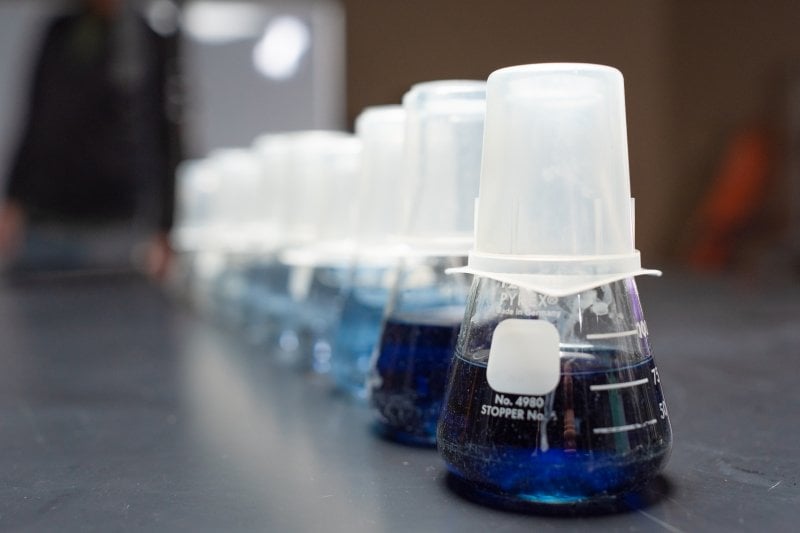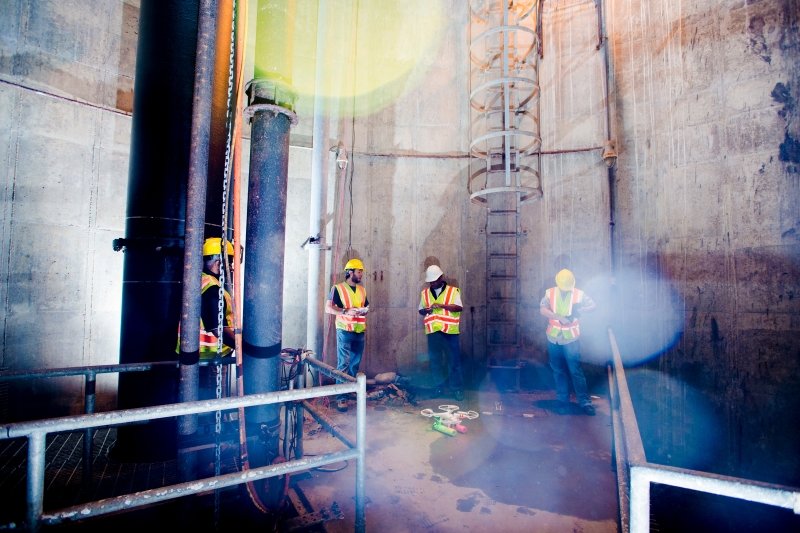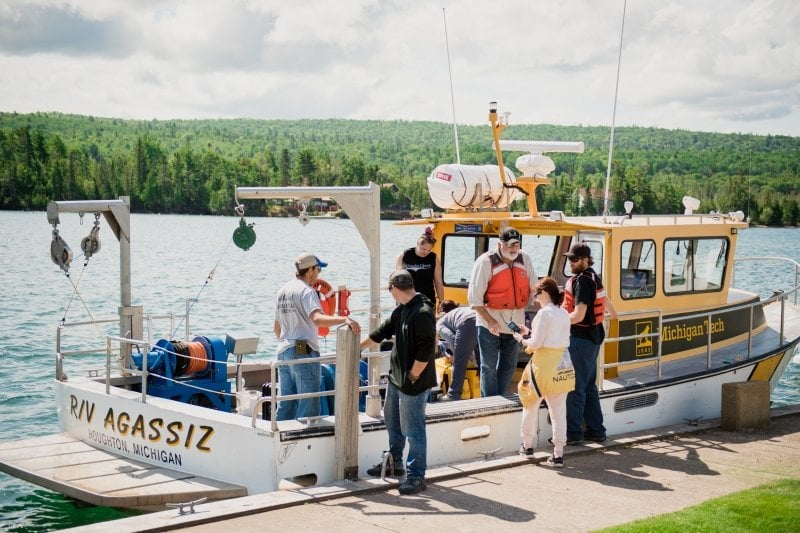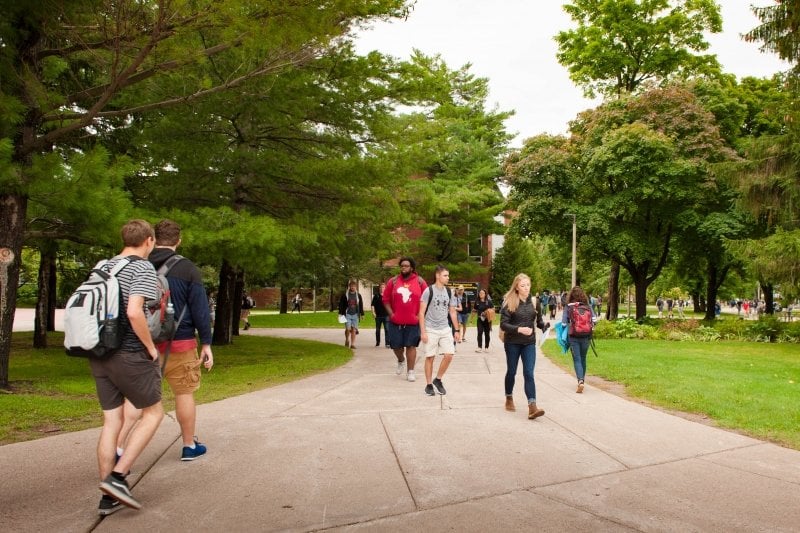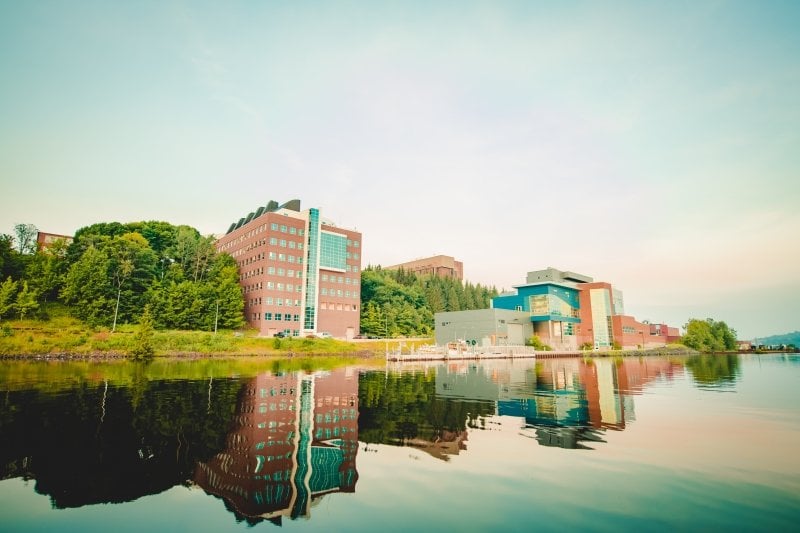Researchers at Michigan’s R1 flagship technological university have incredible assets at their fingertips. The innovative prototypes and methods they pioneer impact environments reaching from the depths of Lake Superior—the world's largest freshwater lake by surface—to outer space. Ideas conceived in our 15 research centers and institutes become licensed life-changing technologies. Michigan Tech brings faculty, graduate and undergraduate students, community, government, and industrial partners together to create the future. Together, we explore creative research approaches and develop the technological solutions tomorrow needs.

Technological Solutions for Tomorrow.
Michigan Tech's proving grounds provide results.
Tech Magazine
From the depths of Lake Superior to the heights of Earth’s atmosphere, Michigan Tech research spans the globe. In this issue of Tech Magazine, read about the real-world impacts of R1 research at Tech and learn how researchers are shaping the future of mining, robotics, mobility, Great Lakes mapping, geoengineering, and brain health—and how Huskies are finding purpose and connection beyond the classroom.
Meet a Center: Great Lakes Research Center (GLRC)
